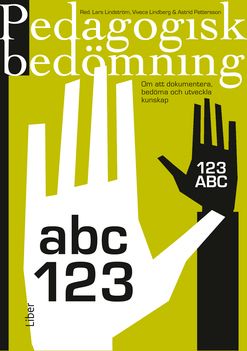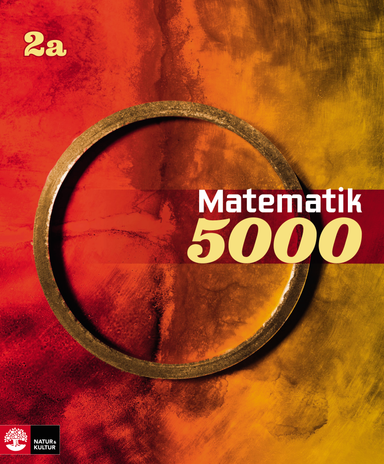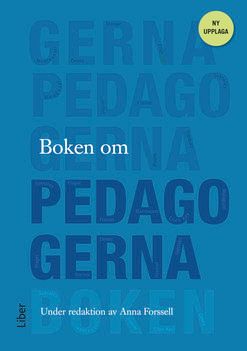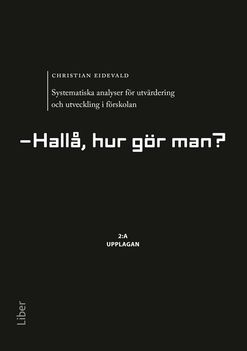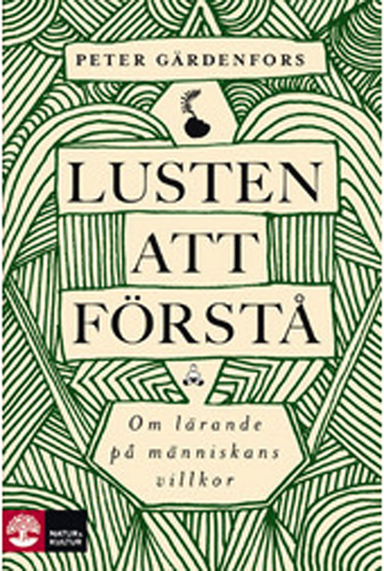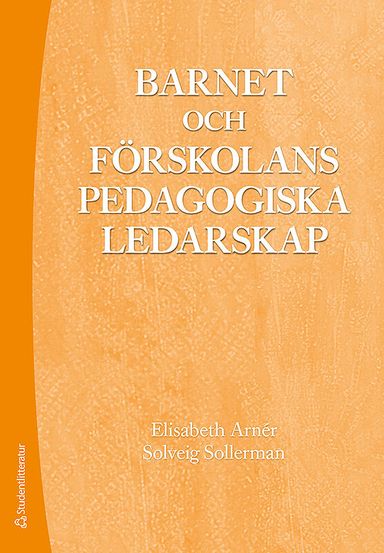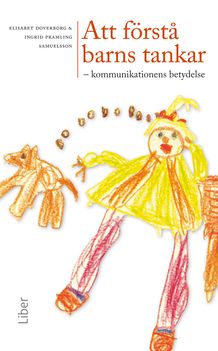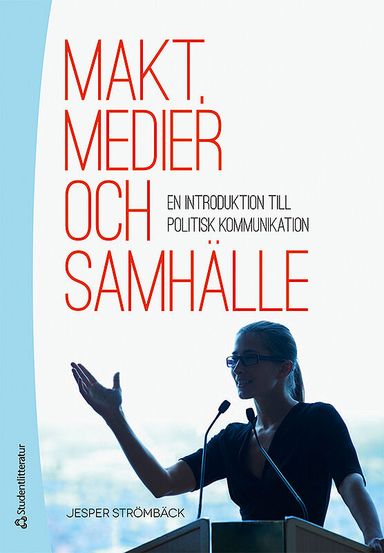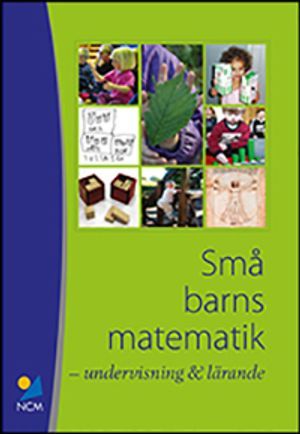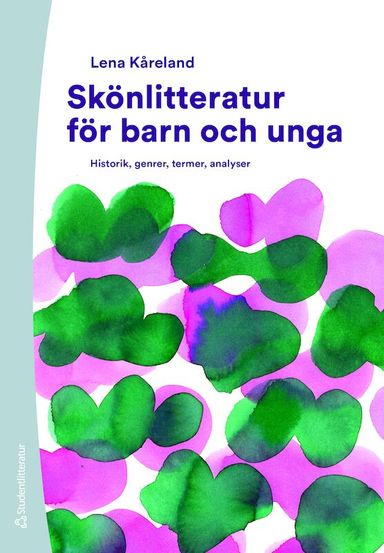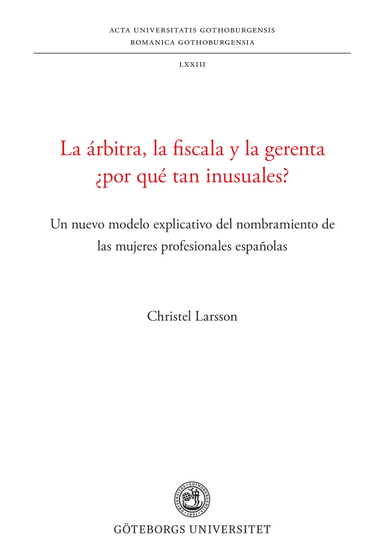

La árbitra, la fiscala y la gerenta ¿por qué tan inusuales? : un nuevo modelo explicativo del nombramiento de las mujeres profesionales españolas Upplaga 1
- Upplaga: 1a upplagan
- Utgiven: 2022
- ISBN: 9789179630386
- Sidor: 283 st
- Förlag: Acta Universitatis Gothoburgensis
- Format: Häftad
- Språk: Spanska
Om boken
The overall aim of this dissertation is to generate a theory explaining the variation in the way the Spaniards, particularly the Spanish women, designate female professionals. Three different studies are included, the first one a quantitative survey on how the use of the three main strategies for referring to female professionals (the feminine: la abogada; the common gender: la abogado; lexical modification: mujer abogado) is determined by the sex, the age and the educational level of the speakers. The material consists of 40 professions and includes job titles of various types, representing different socioeconomic levels in the Spanish society. The results show that 18 of the 40 professsions are used in the feminine, 22 in the common gender and, consequently, no profession is used in the third variant by the majority of the informants. The conclusions regarding the impact of the social factors confirm a majority use of feminine designations by the women, the oldest age group and the speakers with the highest level of education, respectively. However, the differences between the groups are marginal counted in absolute numbers. The analysis of the extent to which the informants are ready to accept the feminine of the professions demonstrates the highest values in the following groups: the women, the youngest age group and the informants with the lowest educational level. The results of the qualitative study show that several factors influence the election of variant in the 22 cases not used in the feminine according to the first study, which indicates the predomination of idiosyncrasy in this field. Due to the small differences between the groups concerning the feminine use, the aim of the third study is to find out what factors determine the female use. In 31 in-depth interviews, cards illustrating different professions, practised by both men and women, are presented and discussed. The analysis of this study is couched within the Grounded Theory framework, according to which the aim is to generate a new theory, not to confirm an existing one. Such a theory is entirely grounded in the empiric data that emerge throughout the analysis, when data are compared for similarities and formed into categories. The core category – existence in our study – is the one which accounts for most of the variation around the concern. Thus, the prerequisite of the use of a feminine title is its approval by the Royal Spanish Academy. However, its power is twofold. The academic norm is prescriptive only in non-existing cases, since nobody uses, unless in very specific contexts, a feminine title that is not accepted. In the opposite case, the use of the feminine is optional and determined by the factors awareness, presence, habit, aesthetics, attitude and idiosyncrasy. To ensure the highest degree of reliability and validity of our final conclusions, the last step consists of triangulating the three studies.
Åtkomstkoder och digitalt tilläggsmaterial garanteras inte med begagnade böcker
Mer om La árbitra, la fiscala y la gerenta ¿por qué tan inusuales? : un nuevo modelo explicativo del nombramiento de las mujeres profesionales españolas (2022)
I mars 2022 släpptes boken La árbitra, la fiscala y la gerenta ¿por qué tan inusuales? : un nuevo modelo explicativo del nombramiento de las mujeres profesionales españolas skriven av Christel Larsson. Det är den 1a upplagan av kursboken. Den är skriven på spanska och består av 283 sidor djupgående information om språk. Förlaget bakom boken är Acta Universitatis Gothoburgensis.
Köp boken La árbitra, la fiscala y la gerenta ¿por qué tan inusuales? : un nuevo modelo explicativo del nombramiento de las mujeres profesionales españolas på Studentapan och spara pengar.
Tillhör kategorierna
Referera till La árbitra, la fiscala y la gerenta ¿por qué tan inusuales? : un nuevo modelo explicativo del nombramiento de las mujeres profesionales españolas (Upplaga 1)
Harvard
Larsson, C. (2022). La árbitra, la fiscala y la gerenta ¿por qué tan inusuales? : un nuevo modelo explicativo del nombramiento de las mujeres profesionales españolas. 1:a uppl. Acta Universitatis Gothoburgensis.
Oxford
Larsson, Christel, La árbitra, la fiscala y la gerenta ¿por qué tan inusuales? : un nuevo modelo explicativo del nombramiento de las mujeres profesionales españolas, 1 uppl. (Acta Universitatis Gothoburgensis, 2022).
APA
Larsson, C. (2022). La árbitra, la fiscala y la gerenta ¿por qué tan inusuales? : un nuevo modelo explicativo del nombramiento de las mujeres profesionales españolas (1:a uppl.). Acta Universitatis Gothoburgensis.
Vancouver
Larsson C. La árbitra, la fiscala y la gerenta ¿por qué tan inusuales? : un nuevo modelo explicativo del nombramiento de las mujeres profesionales españolas. 1:a uppl. Acta Universitatis Gothoburgensis; 2022.





